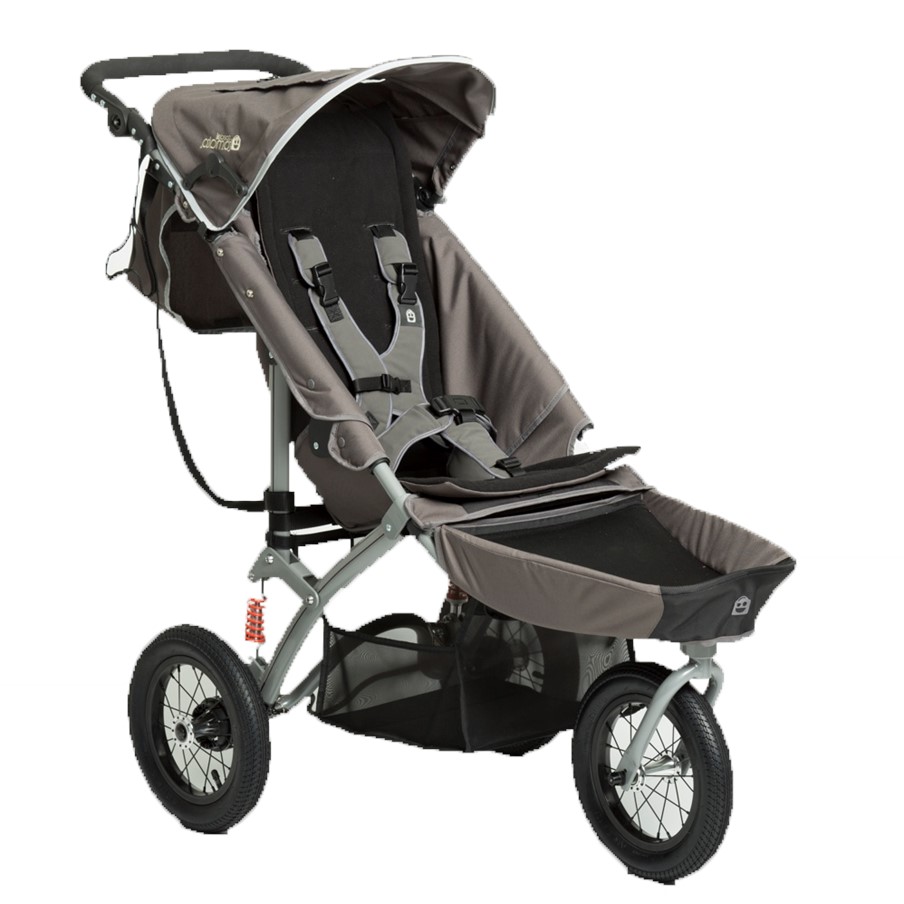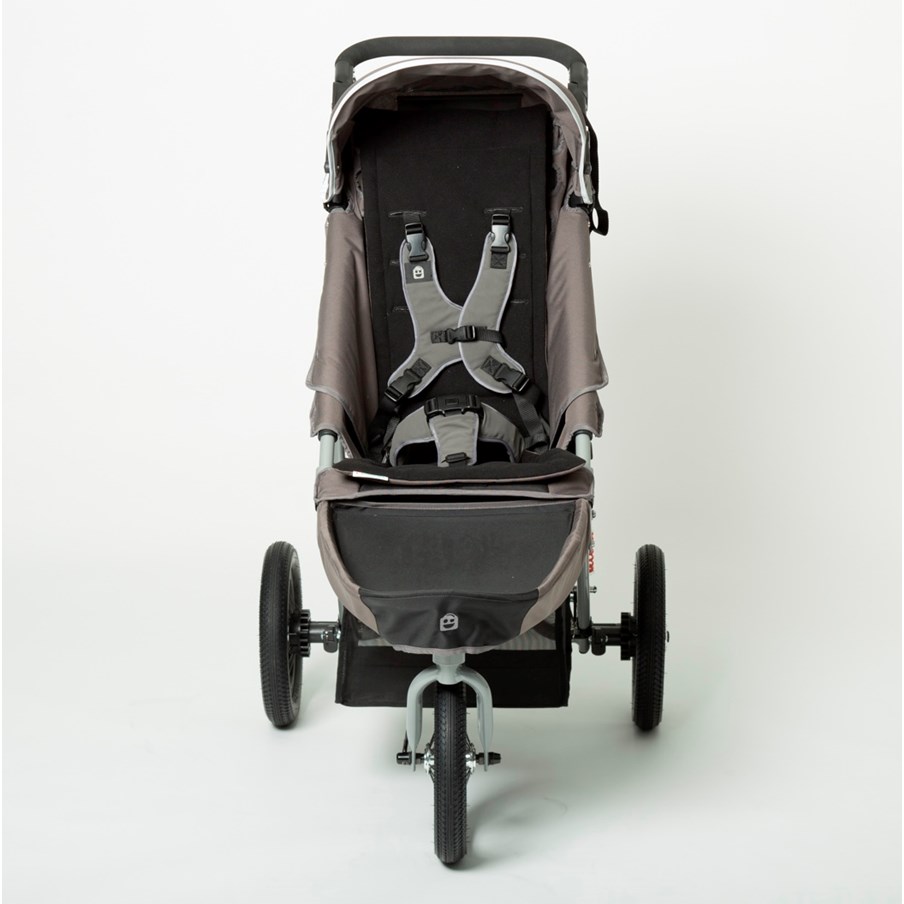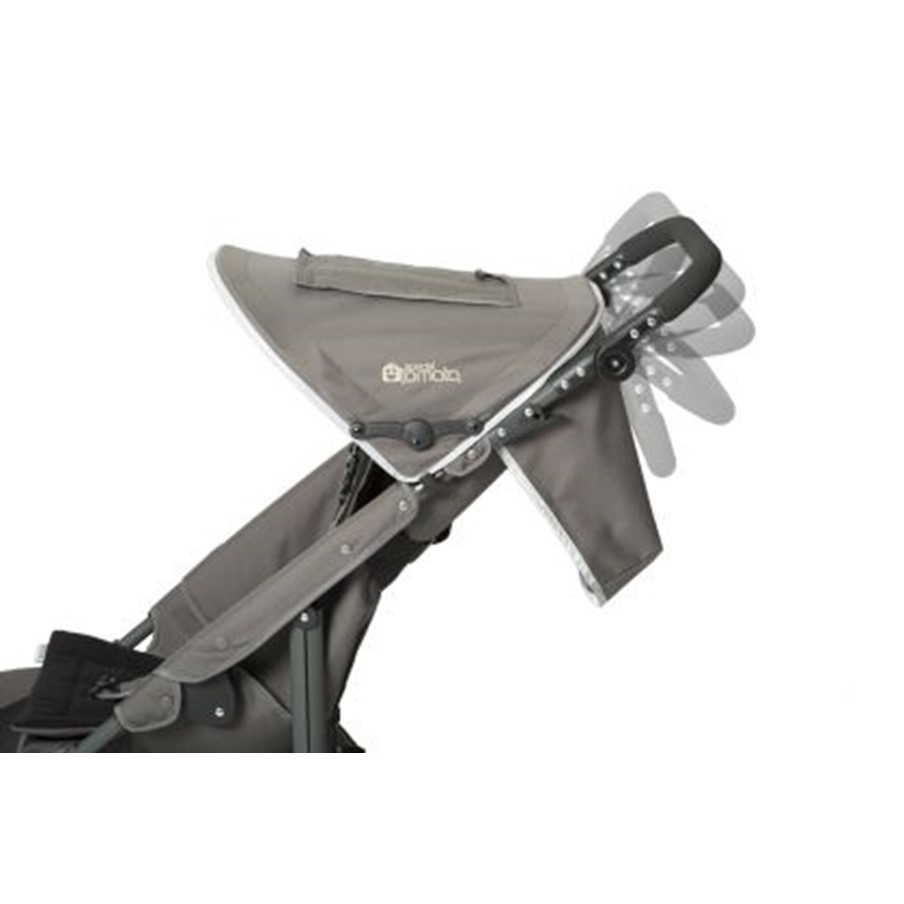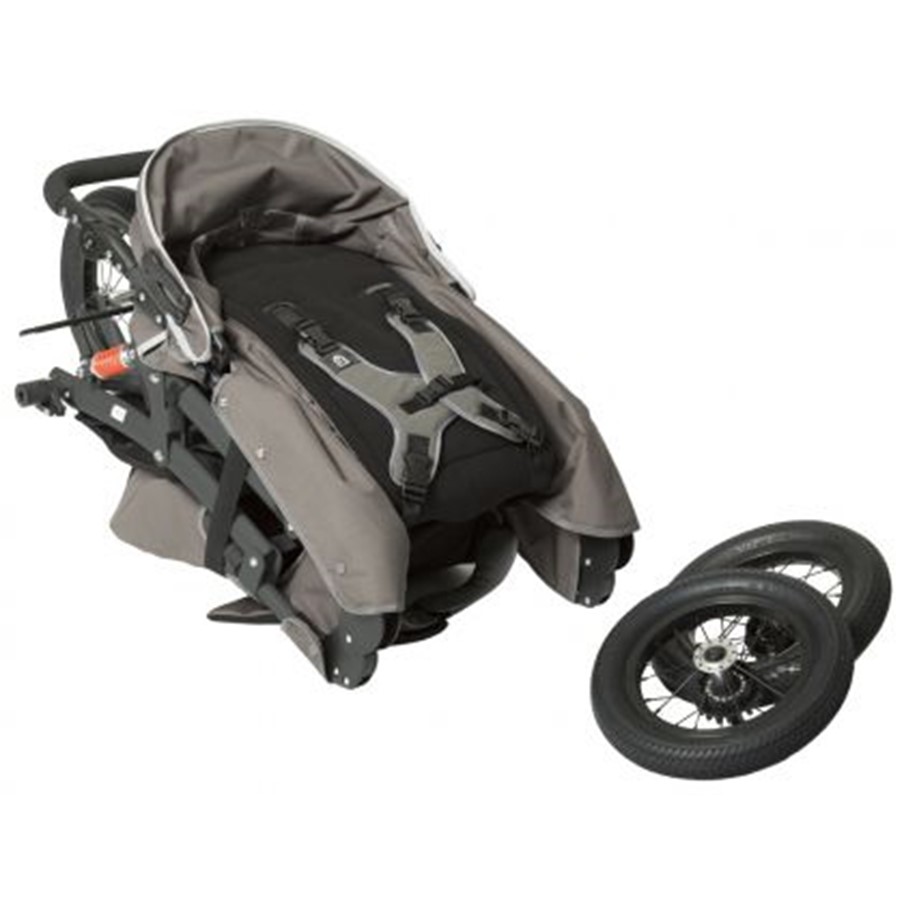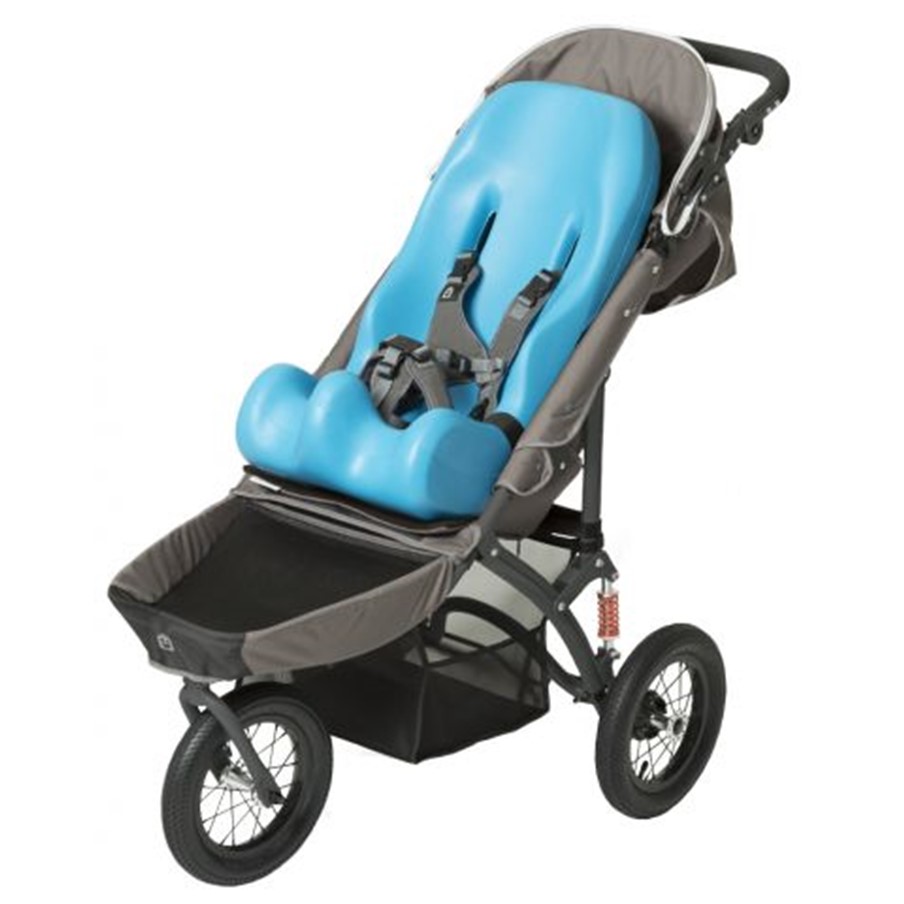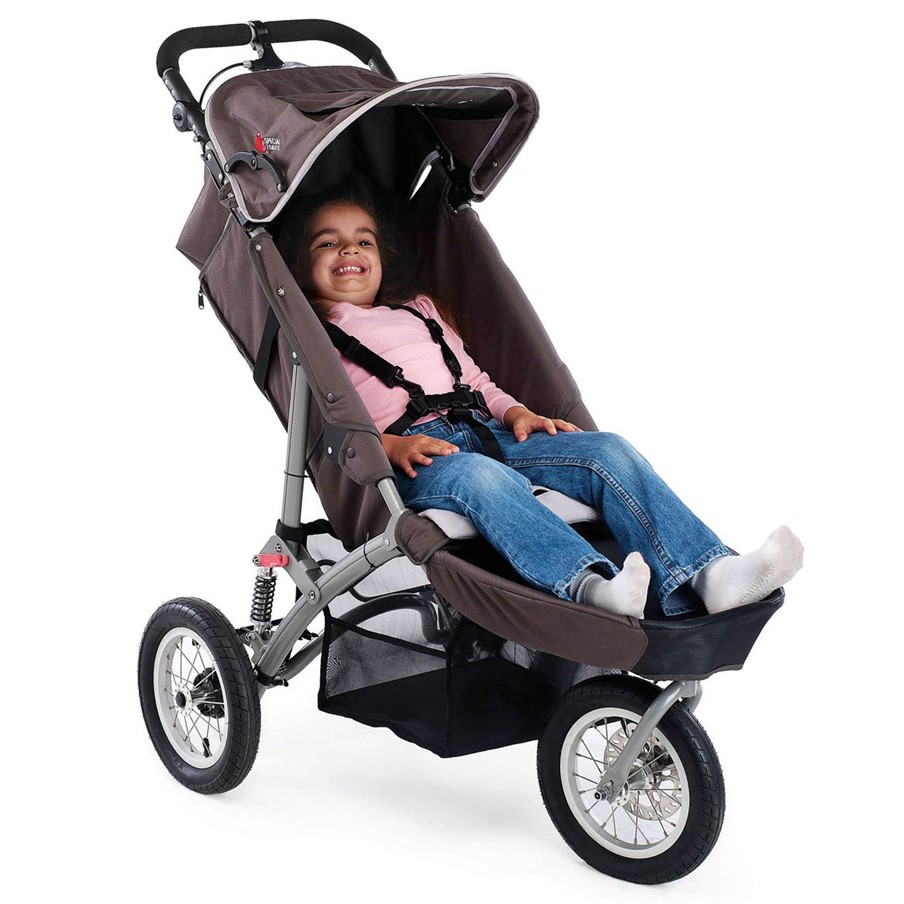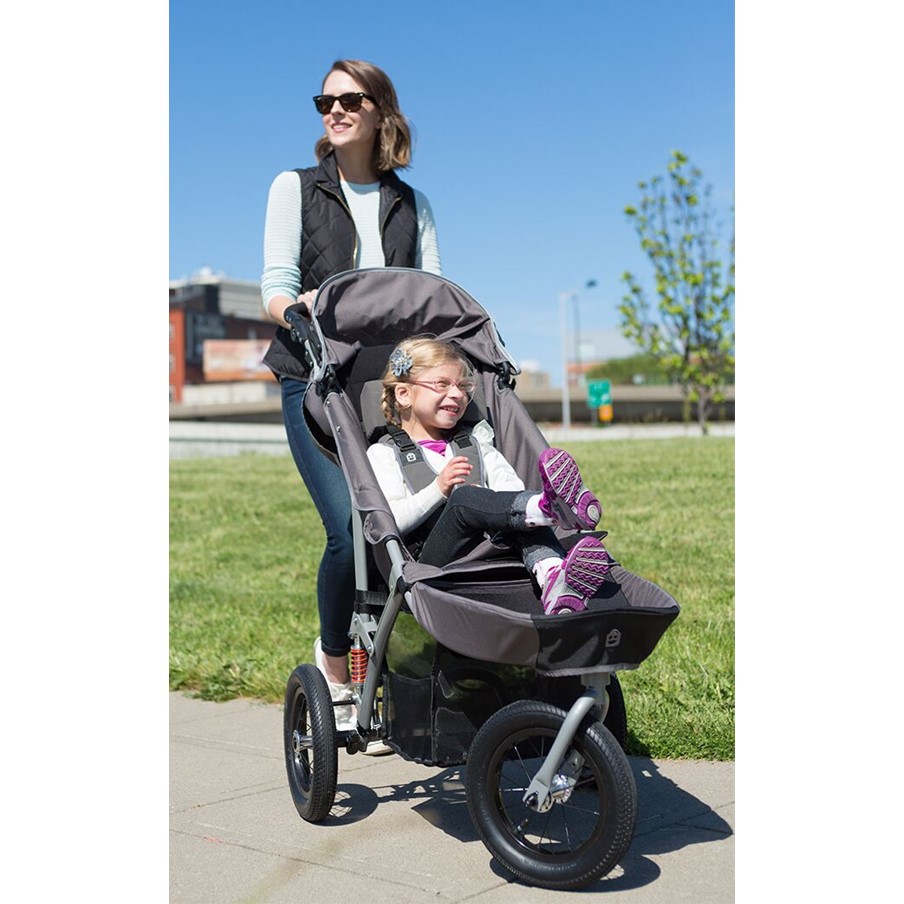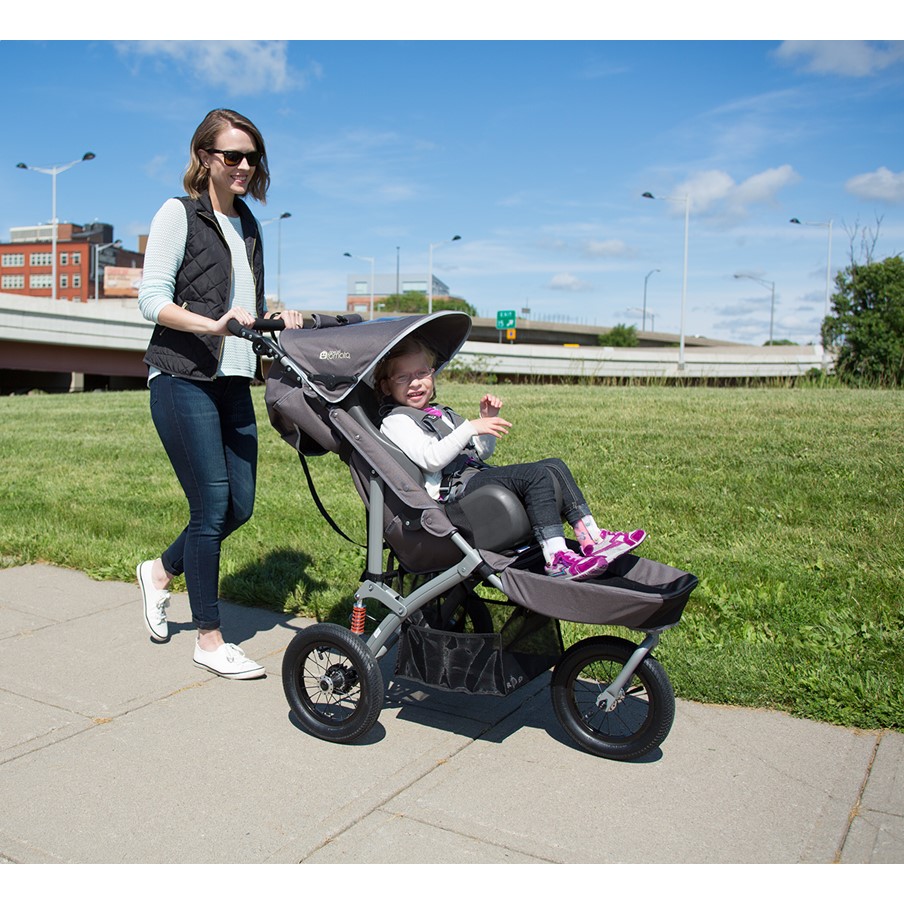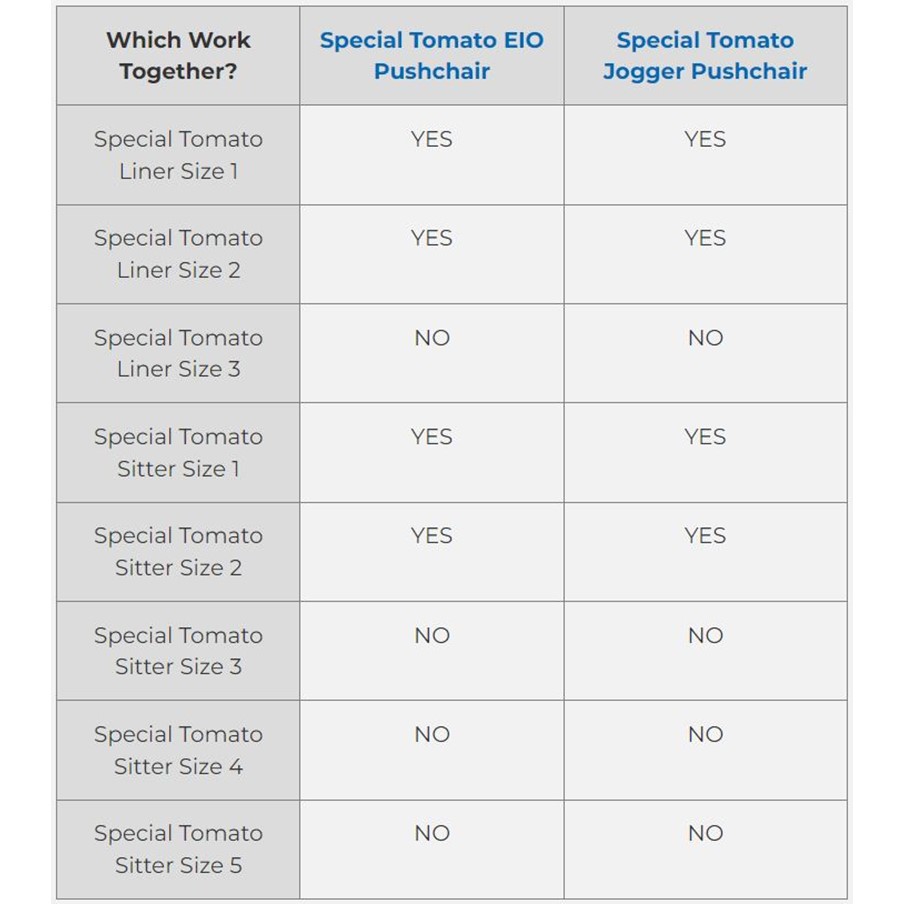Special Tomato Jogger Stroller
The Special Tomato Jogger is the ultimate lightweight jogging style pushchair - weighing only 12 kg! Whether your busy lifestyle takes you through city streets or rugged outdoor trails, the Special Tomato Jogger will provide optimal comfort and support for your child’s needs. This jogging buggy comes standard with a functional rear suspension, ensuring a smooth ride over most surfaces. The swivel front tyre makes manoeuvring in tight indoor spaces a breeze, too.
This product is not available in your selected combination
Product Code: {{stockCode}}
Please note the selected product option is not available for trial.
{{variationPriceLabel?'Price From':'Price'}}
{{price | currency:undefined:2}}
Regular Price
{{regularPrice | currency:undefined:2}}
{{variationPriceLabel?'Sale Price From':'Sale Price'}}
{{salePrice | currency:undefined:2}}
Incl GST
Product is in stock
Orders placed by 2pm on weekdays will leave our warehouse the same day.Product has low stock availability
If you would like to place a bulk order for this item there is a chancesome units may need to go on back order. We will contact you with
an approximate delivery date once order is placed.
Please call 0800 31 61 81 for more information.
Product is currently out of stock
Due to high levels of demand, this product is currentlynot in stock but is available to pre-order. Once ordered
we will contact you with an approximate delivery date.
Please call 0800 31 61 81 for more information.
This item has been added successfully. View cart.
The Special Tomato Jogger pushchair was expertly designed to meet the comfort and support needs of each child in a convenient, easy-to-use, compact folding system for their parents and caregivers. Use alone, or for additional support pair it with a Soft Touch Liner or Sitter - view last image to determine what can be used with the Jogger.
Features
- Fixed Tilt and Adjustable Recline
- Swivel front tyre for maneuvering with lock for straight line strolling
- Two 12” pneumatic quick release tires AND Swivel front 12” pneumatic tire for increased maneuverability – can lock for straight line strolling
- Foot well with side guard
- Functional rear suspension
- Rear parking brake
- Folding latch for quick and easy one step folding
- Closure Strap to keep it folded when lifting into a car for transport
- Height adjustable push handle
- Thick, latex-free padded seat and back surface with washable upholstery - Reversible fleece for winter / canvas insert for warmer climate
- 5-point harness
- Reclining seat back
- Canopy with window that folds with pushchair
| User Weight Limit | 50 kg |
| Total Product Weight | 12 kg |
| Seat Width | 35 cm |
| Seat Depth | 30 cm |
| Back Height | 62.5 cm |
| Shoulder Strap Height | 28 cm, 35.6 cm or 43.2 cm |
| Seat To Footrest | 37.5 cm |
| Floor to Handle Height | 87.5 cm - 107.5 cm |
| Backrest Angle | 100-140° |
| Total Product Width | 65 cm |
| Total Product Length | 105 cm |
| Total Product Height | 107.5 cm |
| Folded Width | 82.5 cm (w/o rear wheels) |
| Folded Length | 52.5 cm (w/o rear wheels) |
| Folded Height | 40 cm (w/o rear wheels) |
| Warranty | 2 year limited warranty |
What needs to be considered when selecting a standing frame for a child?
Standing frames are designed for children who are spending most of their days in a wheelchair or buggie and assist in fulfilling their mobility and standing needs. Your child’s therapist will work with you to determine what your child needs and what the goals will be for them when using a standing frame.
Some things that you might like to consider are:
- How easy is it for my child to transfer into it?
- What position will work best for them – to be on their front (prone), on their back (supine), upright or a combination of these?
- Can the angle easily be adjusted when they are in it?
- How much growth is there for them?
- Is it able to be transported so we can bring it home from school in the weekends and/or holidays?
There are several main types of Standers:
- Dynamic/Multi-position – enables children with conditions such as cerebral palsy and muscular dystrophy, who are unable to stand and walk independently, to come into a safely supported upright position. They are able to switch from supine to prone or upright standing very quickly – without using any tools. They allow the child to be at eye level with their peers, helping to facilitate social interactions.
- Prone Standers – these are mobile standers (generally with four castors) that support the child at the front and offer a continuous range of angles so that the best position for the child can be achieved. They encourage weight-bearing and assist children in gaining the ability to stand.
- Supine Standers – also mobile, these standers work well for children who don’t have the strength or ability to lift or control their head and shoulders. This style allows for partial weight bearing and helps the child develop better control of their head, trunk, pelvis, knees and feet. It also leaves the child’s hands free to access items on a tray or table in front of them.
- Vertical standers – like the name indicates, holds the child upright. It is suited to children who are not confident on their feet or are developing lateral weight shifting skills. These work well to develop trunk strength and also promote independent, upright standing.
Why is standing important?
There are lots of ways that children with disabilities benefit from standing including the following:
- increases bone density and reduces the risk of fractures
- stretches muscles, preventing the onset of contractures
- improves respiration and voice control
- enhances circulation and blood pressure
- aids digestion, bowel function and bladder drainage
- facilitates the formation of the hip joint in early development
- improves skin integrity by relieving pressure encountered during sitting
- improves wellbeing, alertness and sleep patterns
My child needs more support when toileting - what are the options?
Essentially there are two different types of toileting options for children with disabilities – either stand alone commode style toileting systems or ones that can be attached to a regular toilet.
The commode style is generally easy to move and can be easier for children to transfer on and off. Many of these can also be used as a shower chair and are really easy for carers to use. They can be placed over the toilet or a removable commode bucket can be used.
Toilet support systems attach easily to a regular toilet. They are adjustable, secure and provide good positioning while the child is using the toilet. They help encourage independence and as many have padded seat options, ensure that the child is comfortable especially if it takes longer than usual.
Can we trial the wheelchairs shown on this website?
Yes - all that is needed is a trial request to come through from a therapist to start the process. Once the trial request has been received, with the specifications required, we will send the wheelchair out to the therapist ready to trial for at least one week.
Can we trial other pieces of equipment shown on this website?
Yes - all we need is a trial request to come through from a therapist that you are working with. Once we have this and the specifications you require, we will send the equipment out to the therapist and they will have it for you to trial for at least one week.
Any of the Toileting or Bathing items are issued for trial on the basis of "Dry Trial". This means that the item can be set up on the toilet or in the bath but not actually used with water. Many people use our trial equipment and we need to ensure that it stays in a clean and safe condition.
There are lots of wheelchair and buggie options – where do I start?
Good question – and one that we know your child’s therapist will help you with. However, we know that lots of parents and carers like to do their homework, so here are a few things to consider when looking at mobility options for your child:
How much support do they offer? Seating supports are often incorporated into buggies and wheelchairs to ensure that kids have good postural support and are also really comfortable.
Rear facing or front facing? Like regular buggies, it is good to have the option for your child to be facing you, which allows you to keep a close eye on them.
What is the overall size? The actually width of the buggie or wheelchair is important as you want it to easily fit through doors and let you go to the places that are part of your life.
How much do they weigh? Depending on the age of your child, it is likely that you will be transferring them into a car seat when you go out and will need to lift it into your vehicle. Looking after your body is really important too.
How easily do they fold up? How small do they go? Think about the space you have in your vehicle and also that you made need to do this several times a day – and in the pouring rain sometimes too!
Is there a storage compartment? A small thing that makes a big difference – a place to put spare clothes, food and nappies is important. If a storage compartment or bag is not standard, then check to see if there is an easy way for a baby bag to be attached.
What are the options if I need to also transport other children? Some buggies have the option of adding on a buggie board that older children can stand on, while others have the option of having mounting brackets added for a baby capsule. If this is something that you will need, make sure you discuss the options with your therapist.
And of course, kids grow so you need to consider one that has a good amount of growth incorporated in it – it’s better to start with one that is a little on the large side, than one that is a little snug. It’s quite the process to get equipment funded so you ideally want it to last as long as possible.
Once we decide upon the wheelchair our child is going to use, how long will we need to wait until we receive it?
Once the funding comes through, standard wheelchairs like the Karma Flexx Junior Paediatric wheelchair is generally held in stock and delivery to the therapist will be within 2 - 3 days. If the wheelchair is going to be custom made, it might take up to six weeks from the time we receive the order from the funder until it is delivered to the therapist.
